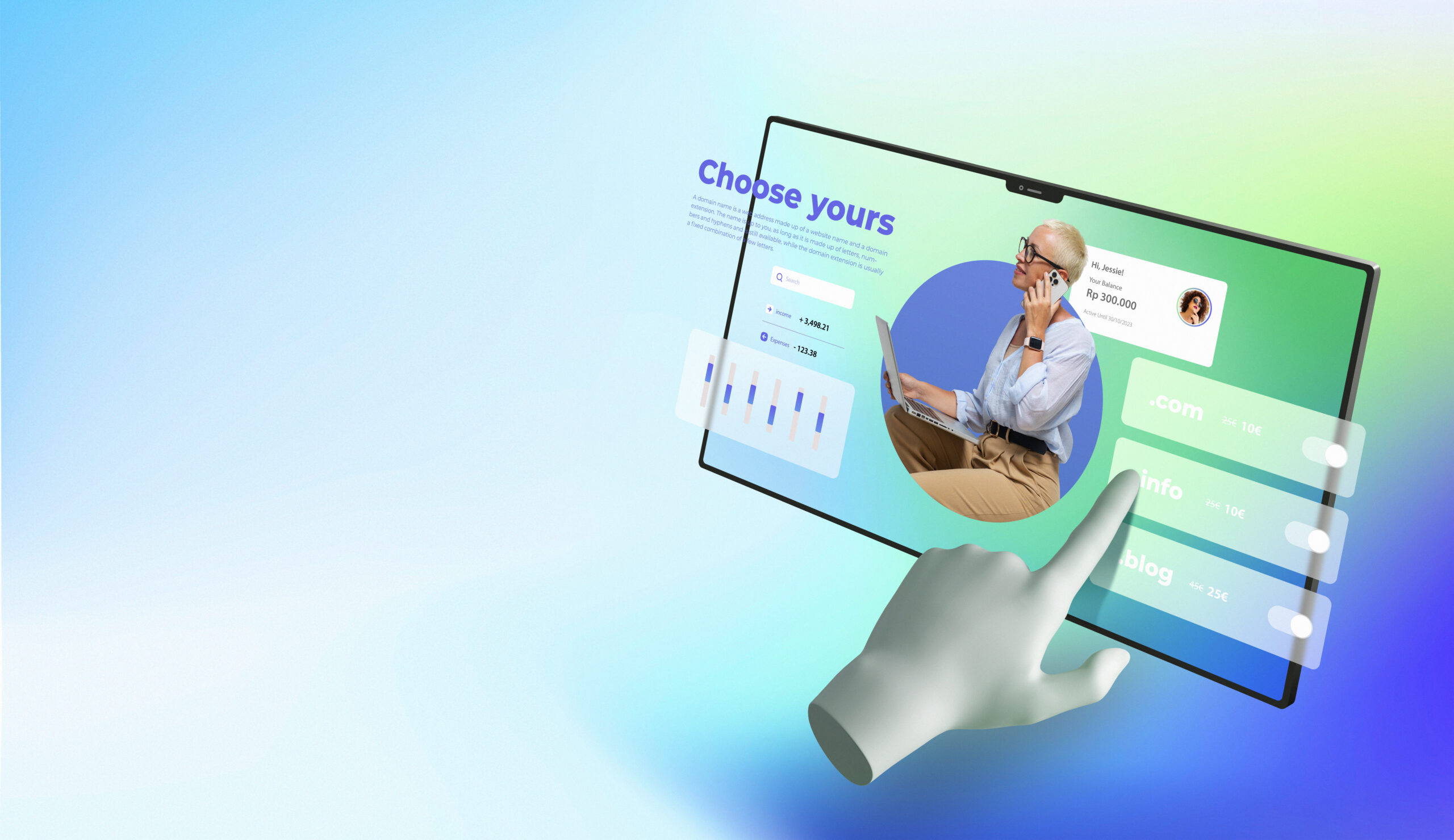The workplace is transforming rapidly. Advanced AI computers are now a growing presence in our daily jobs. This shift brings up a big question: what’s in store for our work future? Will AI replace us, or will we adapt to work with these smart machines?
Let’s dive into this topic in our blog post. We’ll look at the partnership between humans and AI in the workplace. Plus, we’ll discuss what these changes could mean for our working world.
Bring your website to life with the vibrant Services from Webtec!
How AI is Transforming the Workplace
First, it’s important to understand that intelligent computers aren’t here to replace us. Instead, they are here to augment our skills and make us more efficient. For example, imagine you’re a doctor. With the help of an intelligent computer, you can diagnose and treat patients more accurately and quickly than ever before.
The computer can analyze medical data, suggest treatment options, and even learn from its mistakes. This means that you can spend more time with your patients, building relationships and providing car. It helps you, while the computer takes care of the administrative tasks.
Of course, not all jobs can be easily augmented by intelligent computers. For example, if you work in a creative field like writing or design, it’s hard to imagine a computer taking over. However, even in these fields, intelligent computers can play a role. For example, a computer can analyze data and provide insights that help inform creative decisions. It can also help automate repetitive tasks, freeing up time for the creative work that humans excel at.
How to Have Effective Human-AI Interactions
One of the biggest challenges of working alongside intelligent computers is learning how to communicate effectively with them. As these machines become more advanced, they will be able to understand human language and respond in natural-sounding ways. However, for now, we need to learn how to communicate in a way that makes sense to the computer. This means using clear, concise language and avoiding ambiguity. It also means learning how to give feedback in a way that the computer can understand and act on.
Another challenge figuring out how to share the workload. In some cases, it may be clear which tasks are best suited to humans and which are best suited to intelligent computers. For example, a computer can process large amounts of data quickly, but it may not be able to make nuanced decisions based on that data.
In other cases, it may be more difficult to determine who should do what. This is where collaboration and communication become key. Humans and intelligent computers need to work together to determine the best way to share the workload, based on their respective strengths and weaknesses.
Looking for more reading material? Our latest blog post is ready for you: The Role of Human Emotions in Designing AI Experiences.
Benefits and Challenges of Working with AI
One potential benefit of working alongside intelligent computers is that it could lead to a more flexible and personalized work experience. For example, if you work in a customer service role, an intelligent computer could assist you by answering frequently asked questions and handling simple queries. This would free up your time to handle more complex issues and provide a more personalized service to customers.
Similarly, if you work in a data-heavy role, an intelligent computer could help you analyze and make sense of that data, allowing you to focus on the aspects of the job that require human judgment and creativity.
Of course, there are also concerns about the impact that intelligent computers will have on the workforce. Some people worry that robots will take over our jobs, leaving us with nothing to do. Others worry that AI will only benefit those who are already in high-paying, high-skilled jobs, leaving low-skilled workers behind. These concerns are valid, but they are also overblown.
While there will undoubtedly be job losses in some industries, new jobs will also be created in others. And while it’s true that some jobs will be more easily augmented by intelligent computers than others, this doesn’t mean that low-skilled workers will be left behind. The opposite may be true: intelligent computers could help make low-skilled jobs more efficient and productive, leading to higher wages and better working conditions.
It’s also important to remember that intelligent computers are only as good as the humans who program them. If we want to ensure that these machines are used for the benefit of all, we need to prioritize ethical and responsible programming. This means designing systems that are transparent, accountable, and fair. It also means ensuring that people have the skills they need to work alongside intelligent computers and that they are given the support they need to adapt to a changing workforce.
Conclusion
The future of work is likely to be a mix of human and machine intelligence. Intelligent computers will not replace us, but they will change the way we work. They will augment our skills, help us work more efficiently, and provide new opportunities for creativity and innovation. However, this will only happen if we learn to work alongside them collaboratively and responsibly.
By prioritizing ethical programming and investing in the skills and support needed to adapt to a changing workforce, we can create a future of work that benefits everyone. So let’s embrace the potential of intelligent computers, and work together to shape a future that works for all of us.


